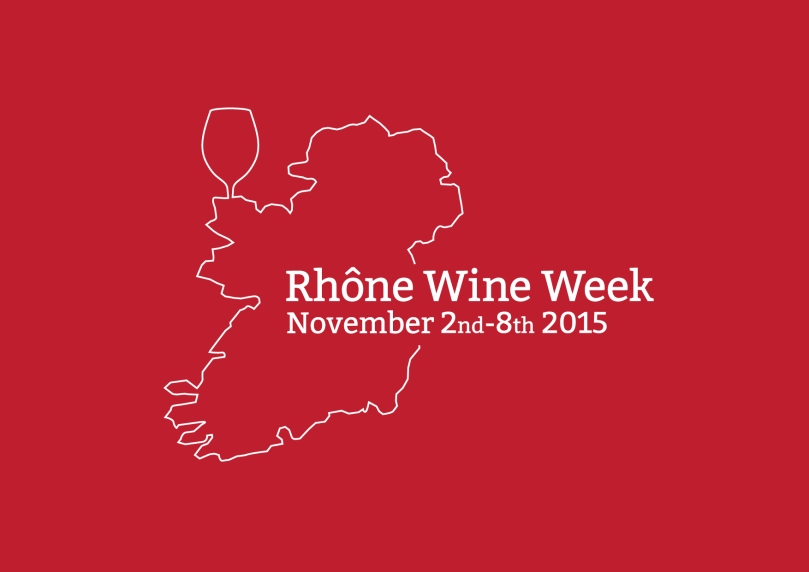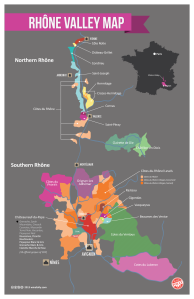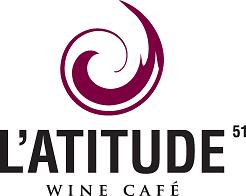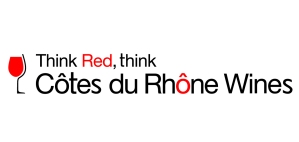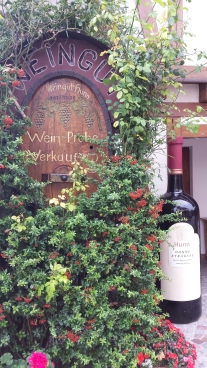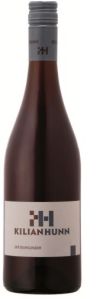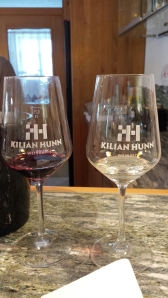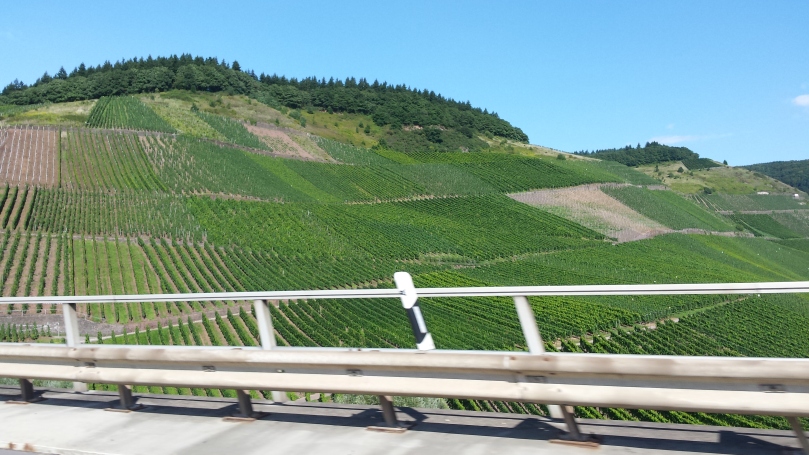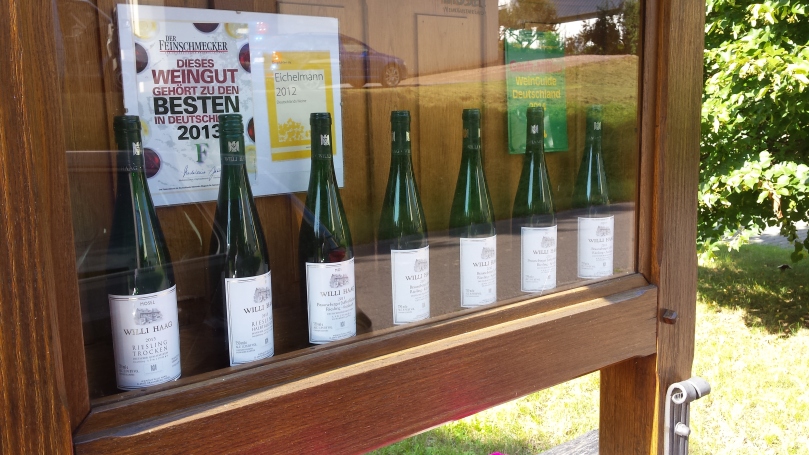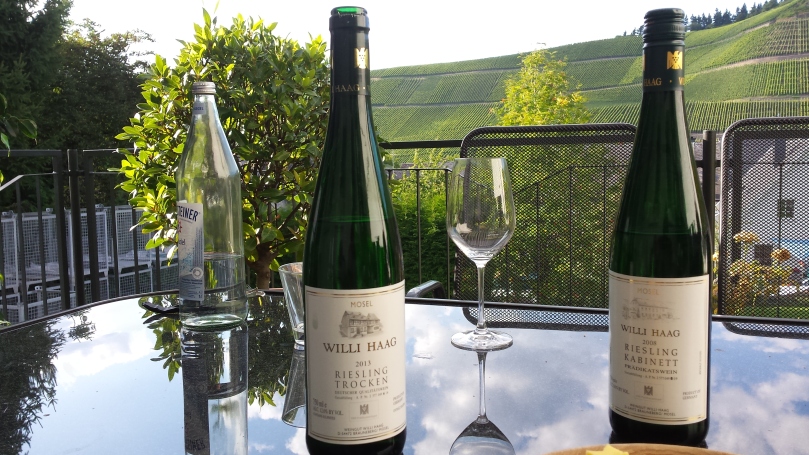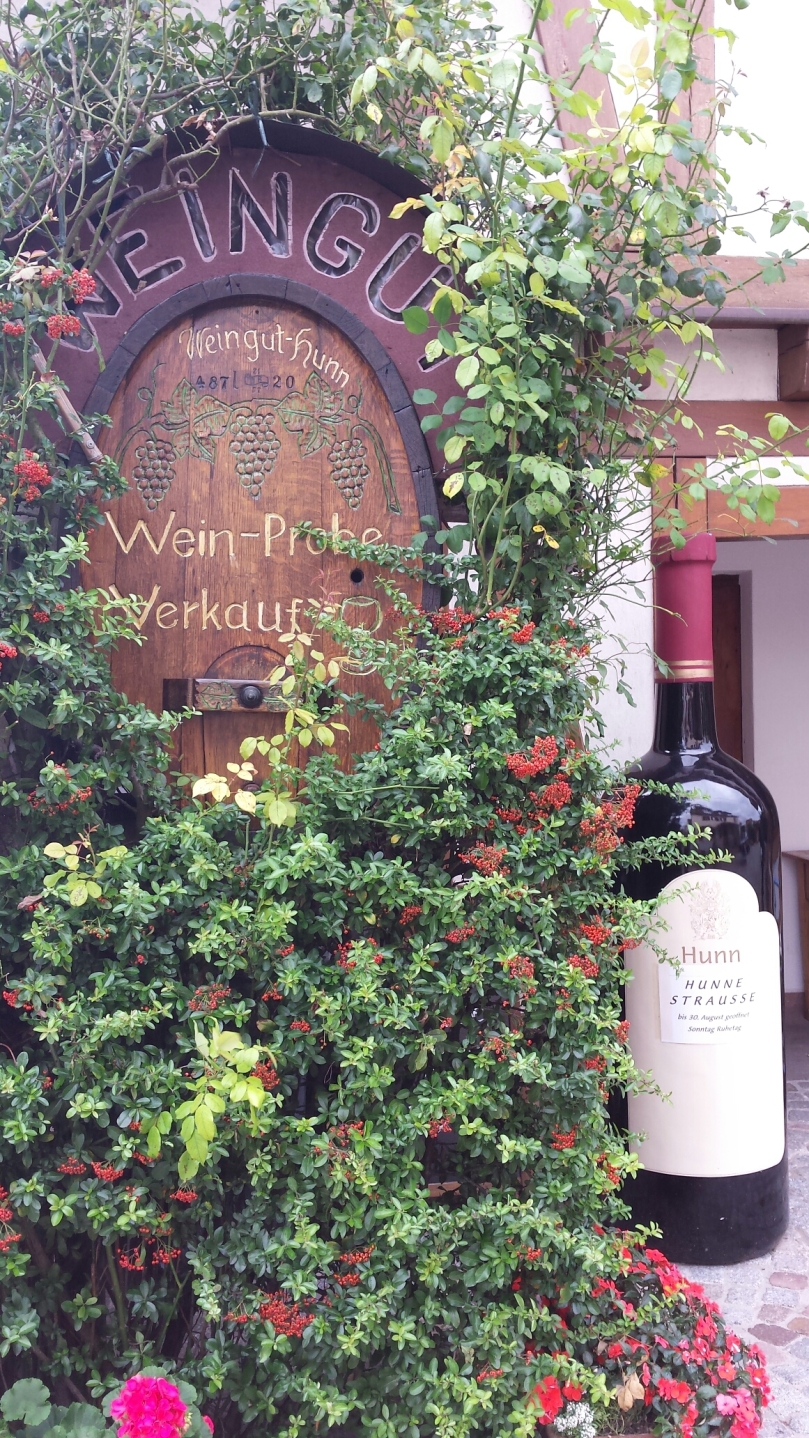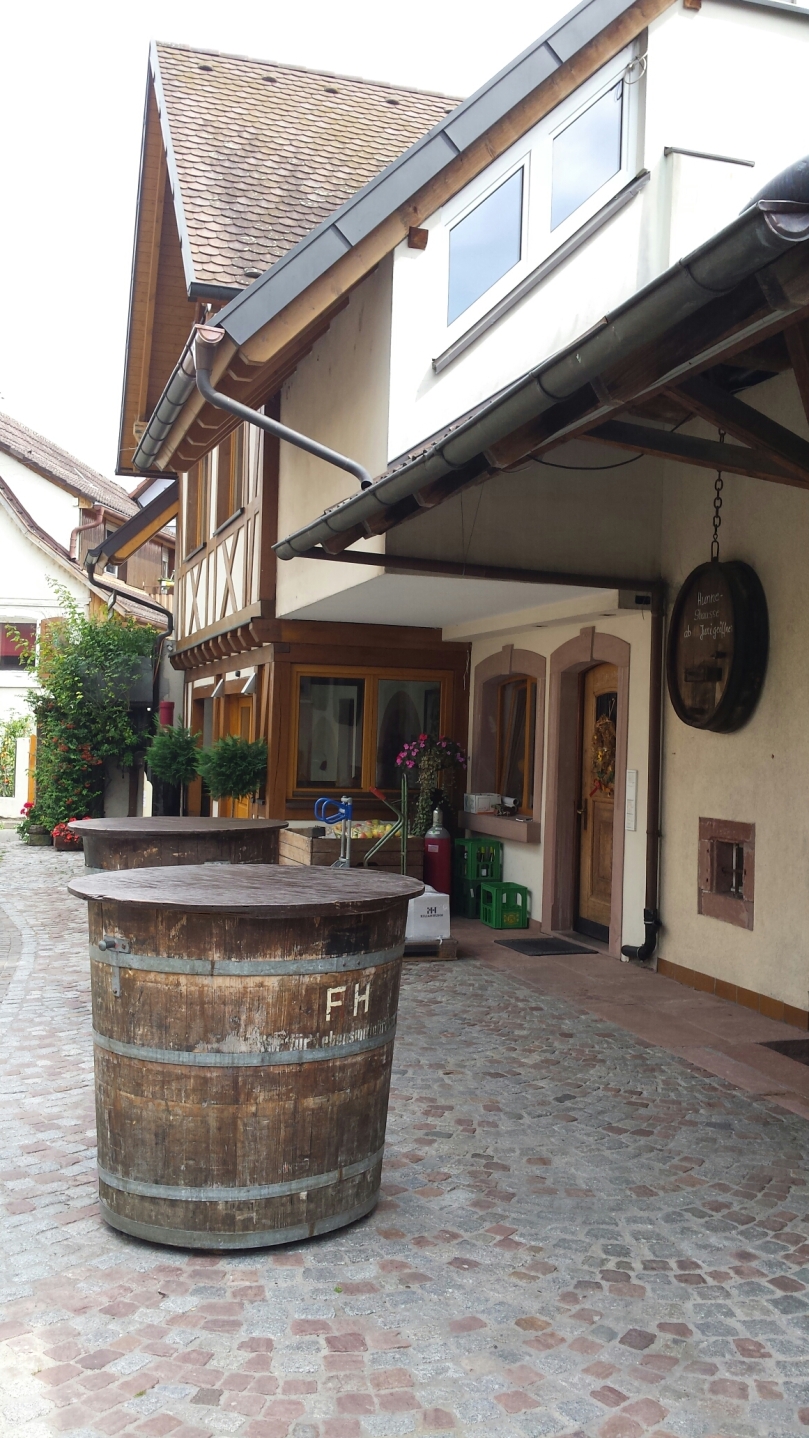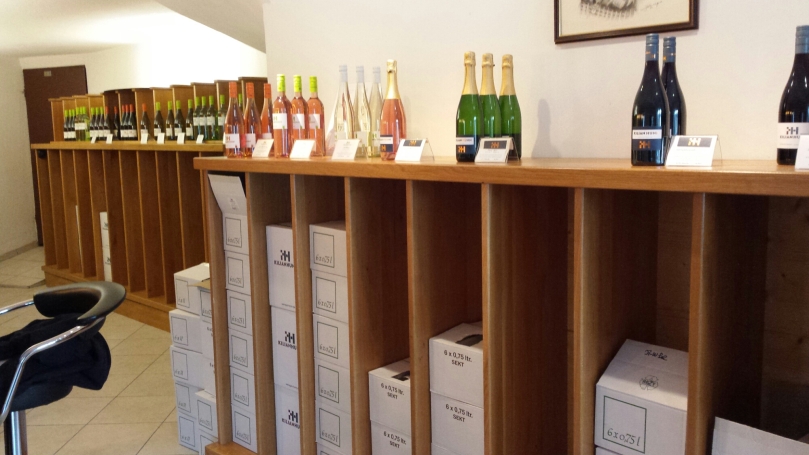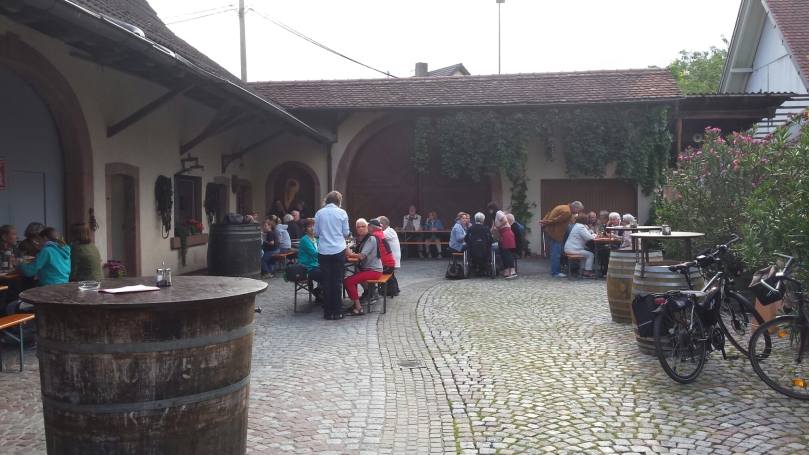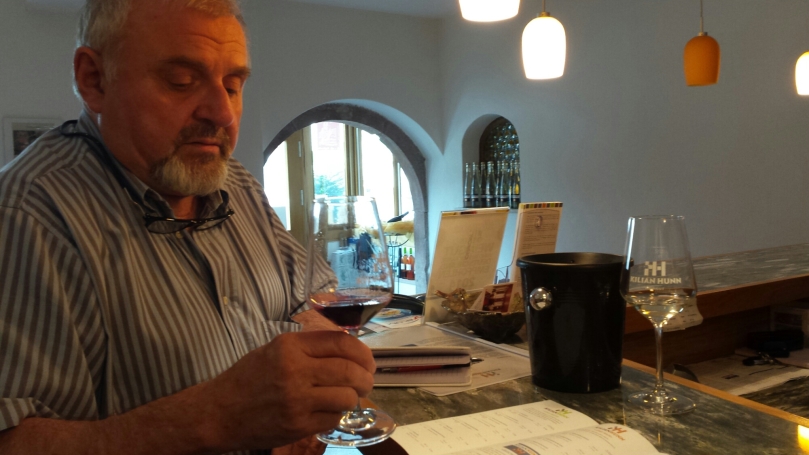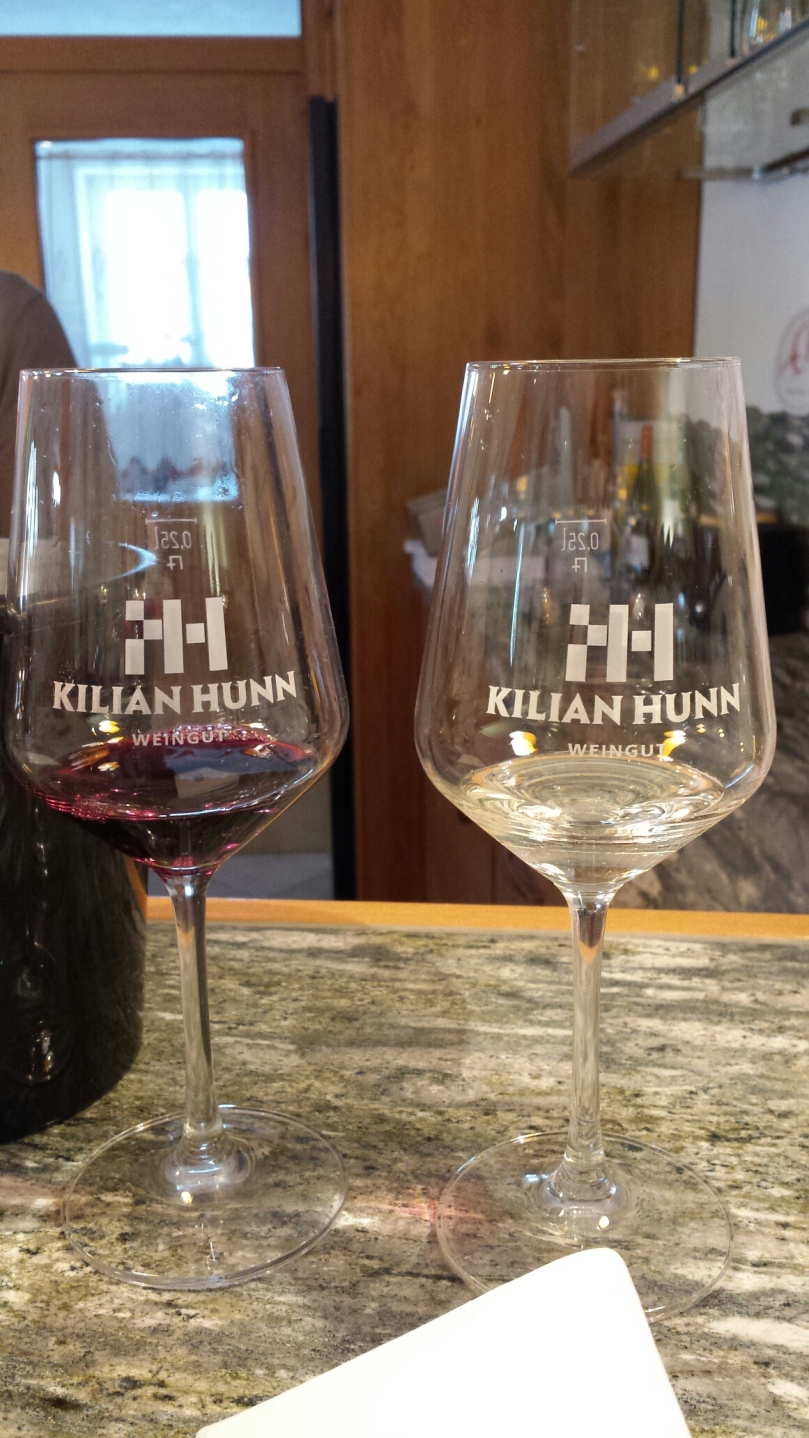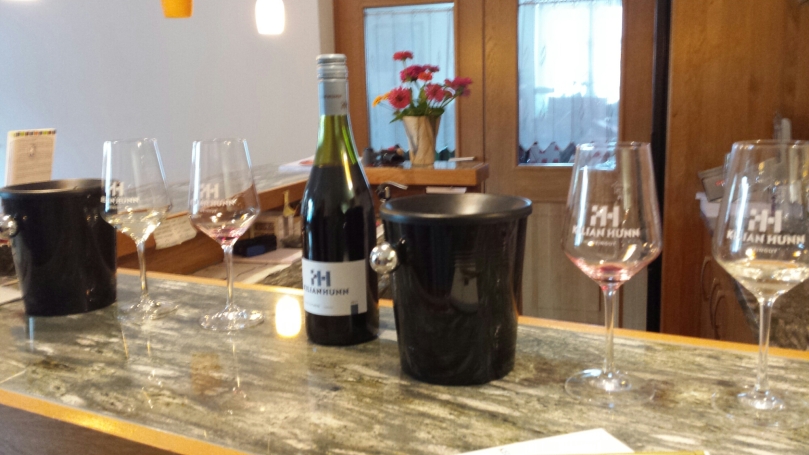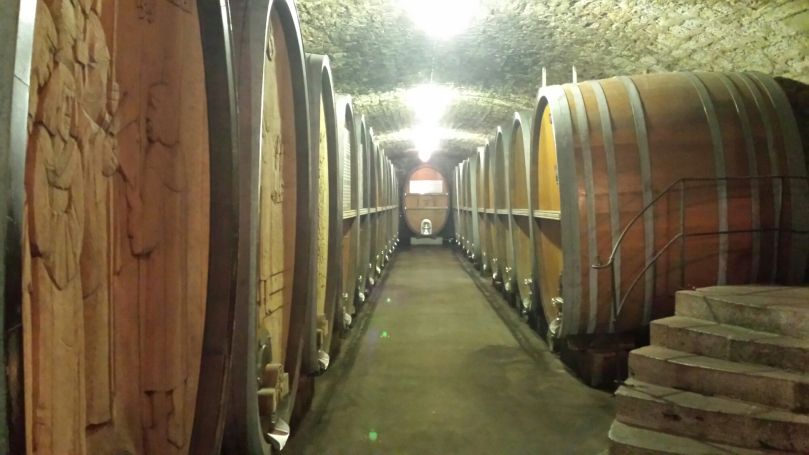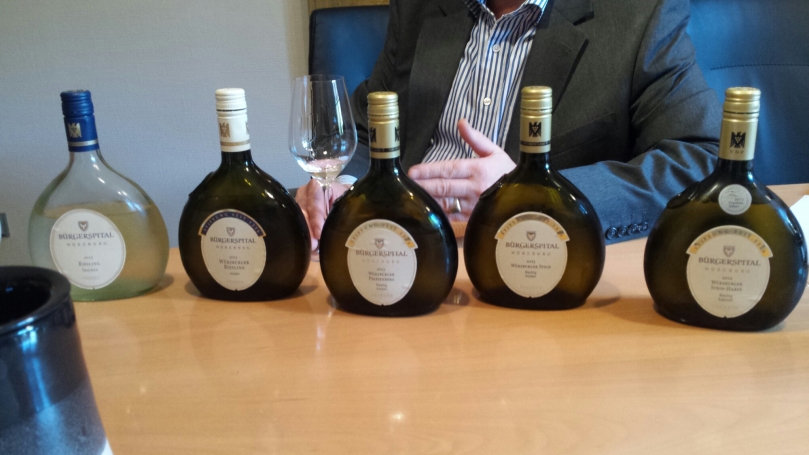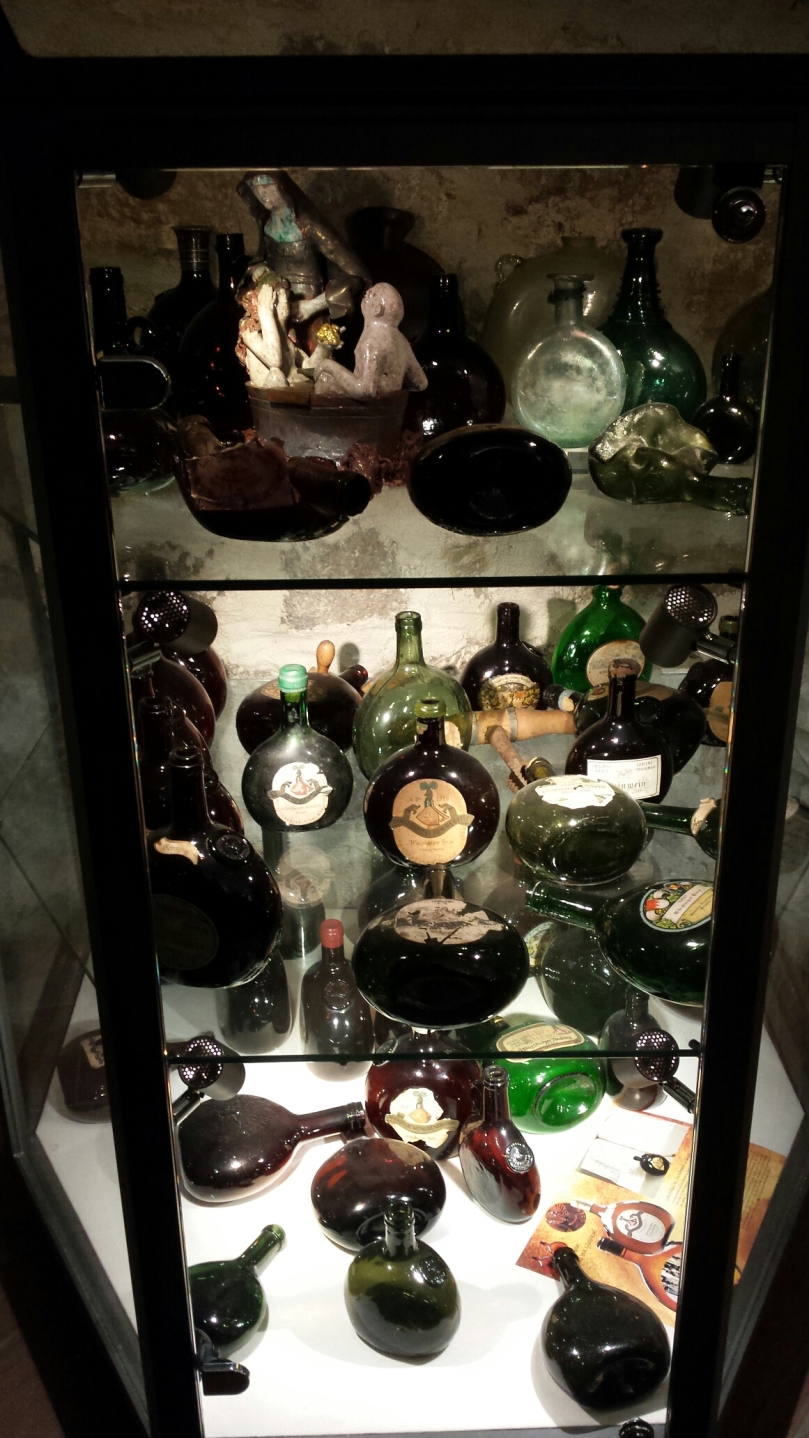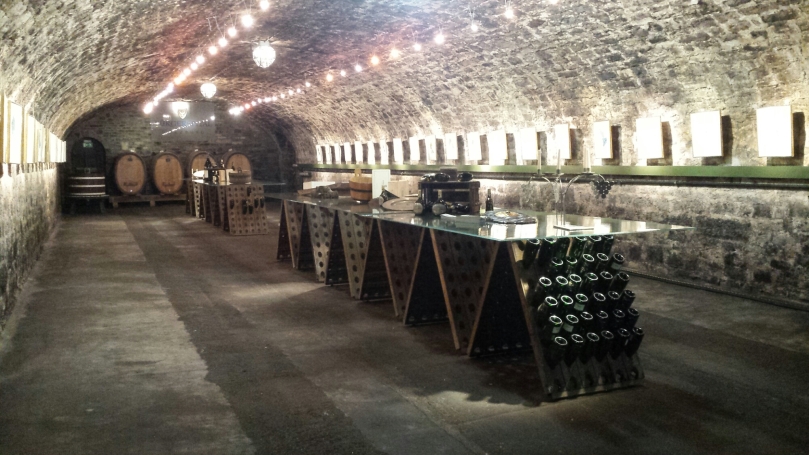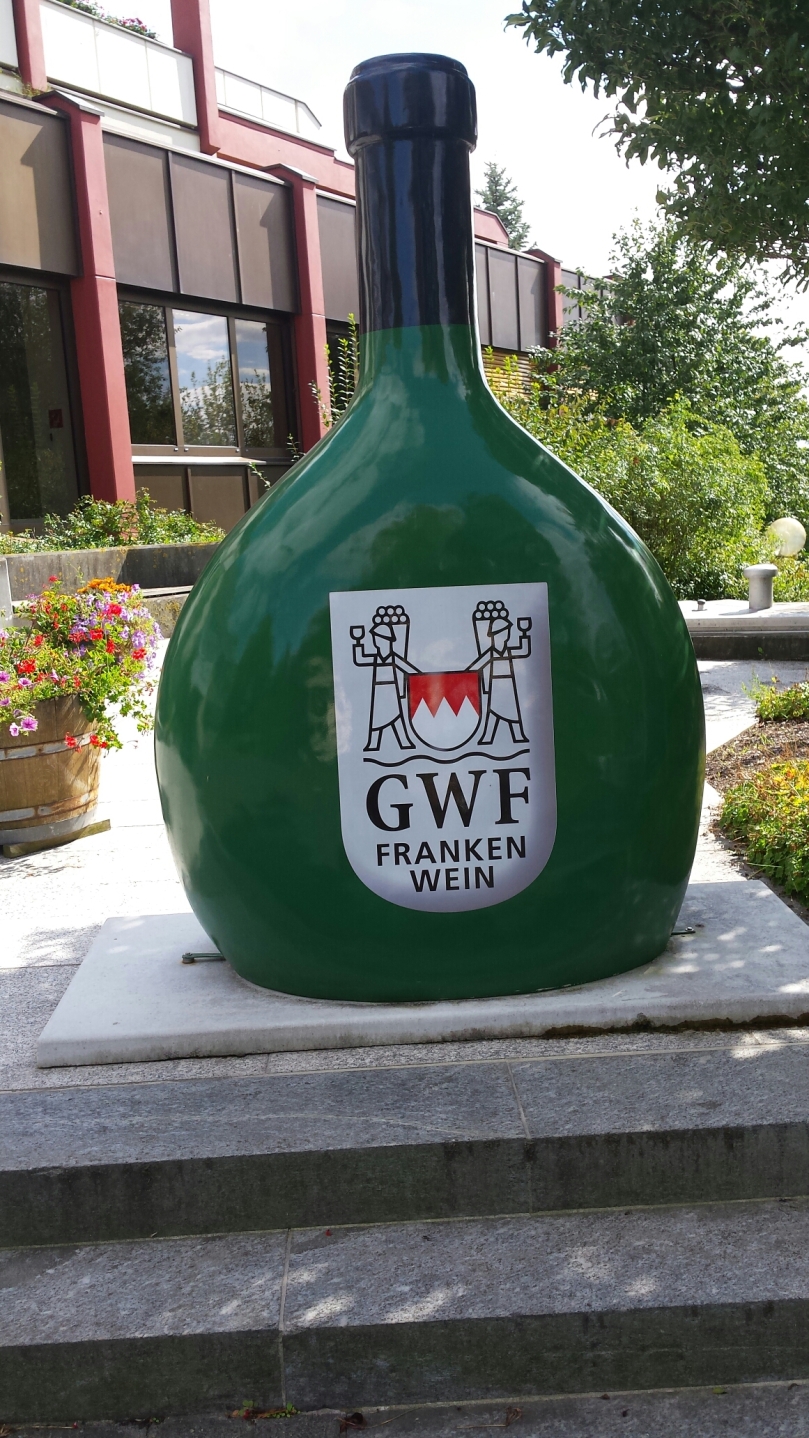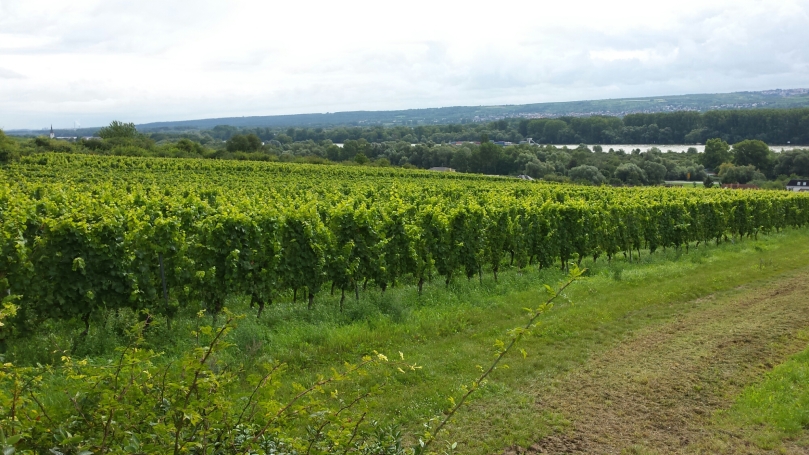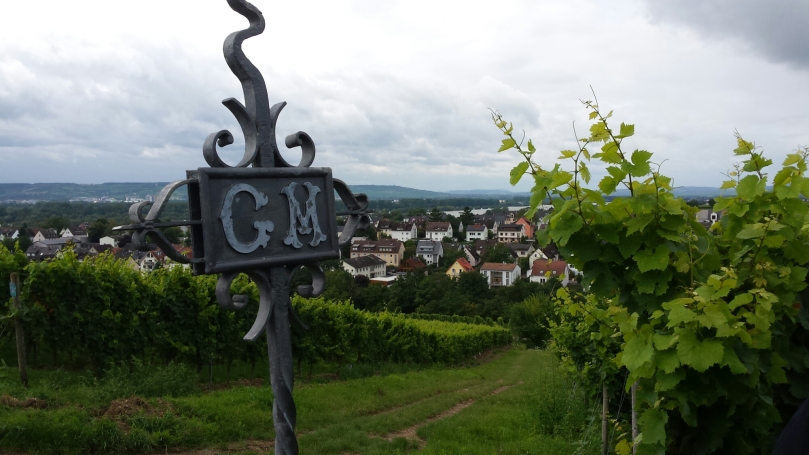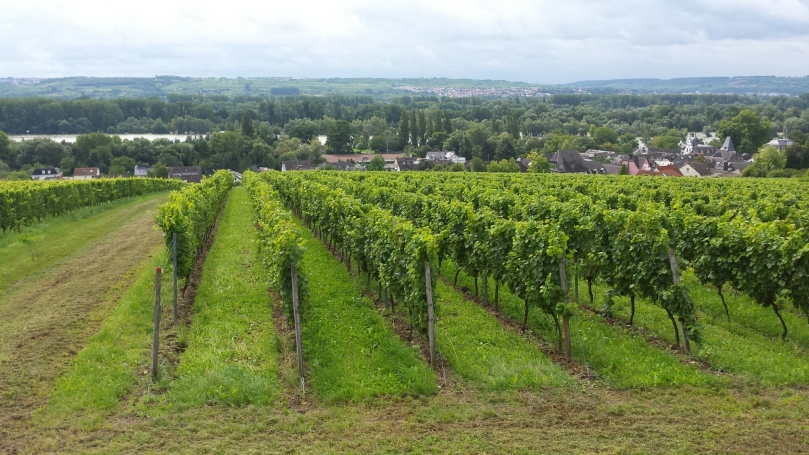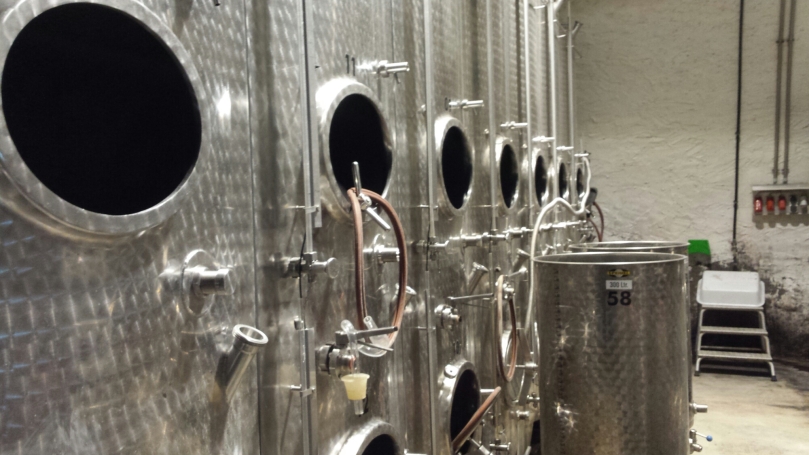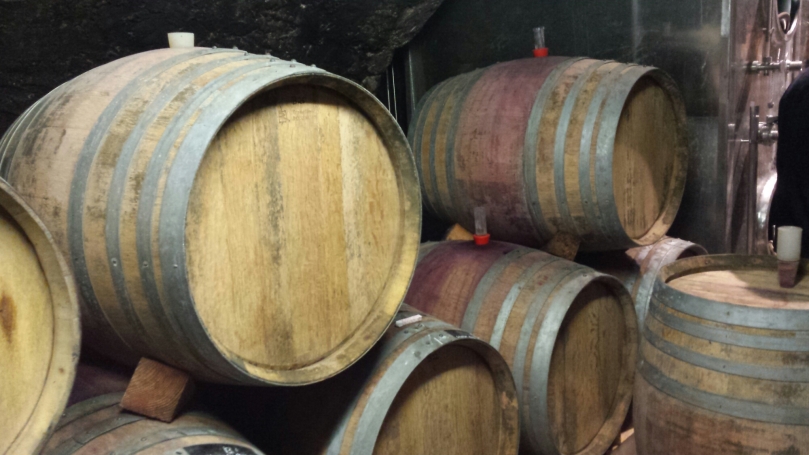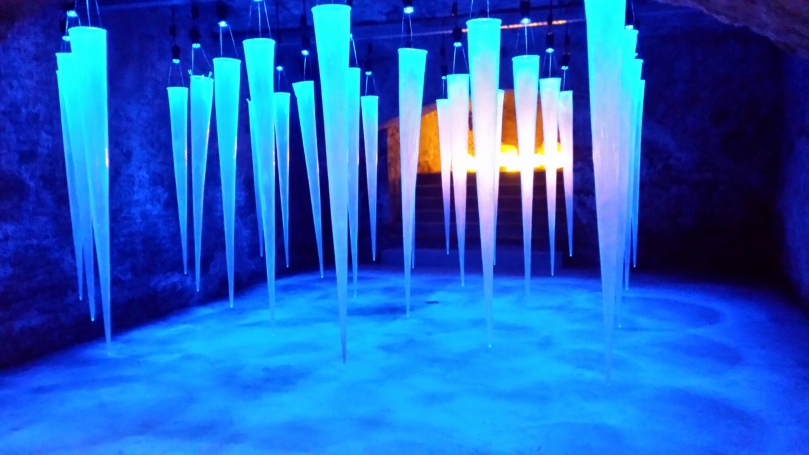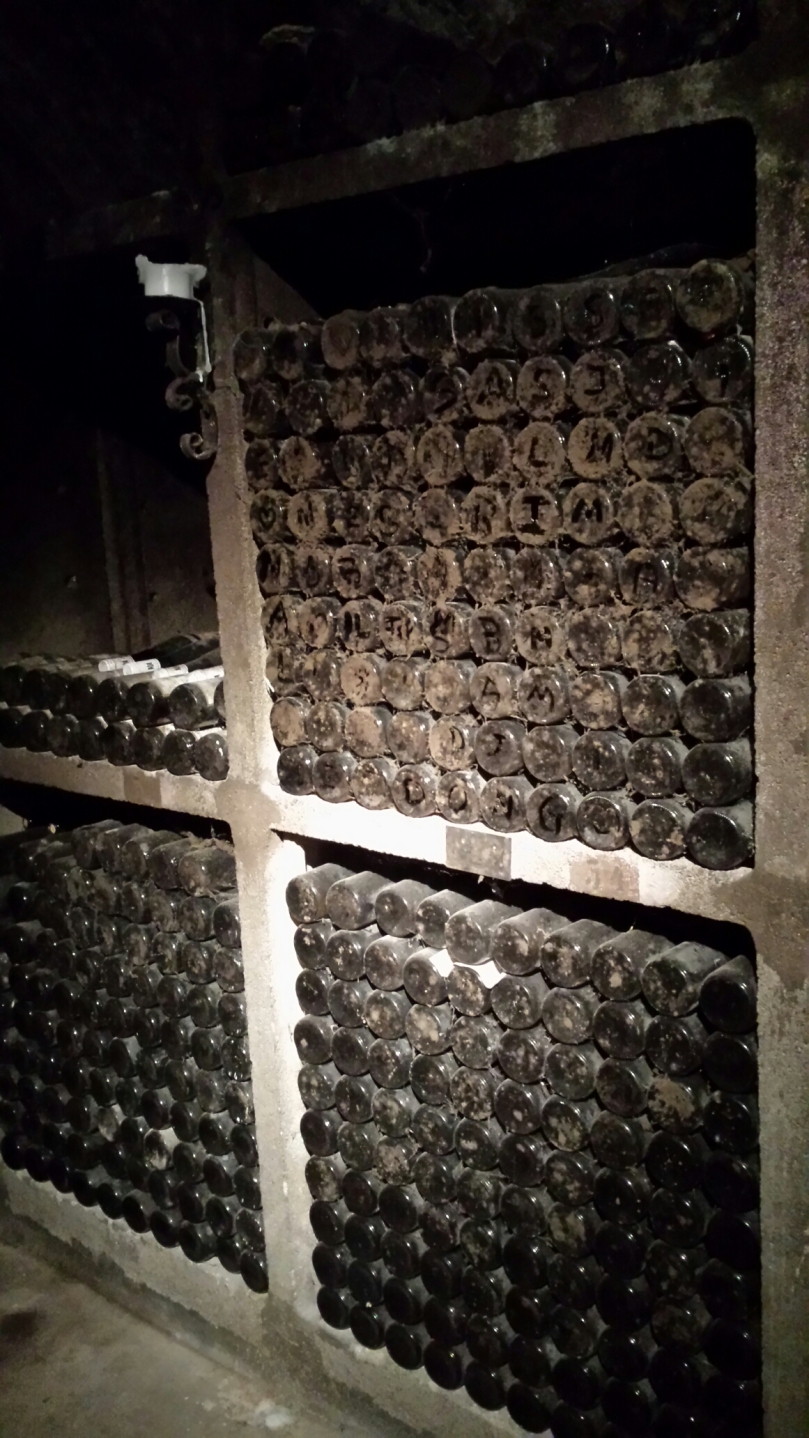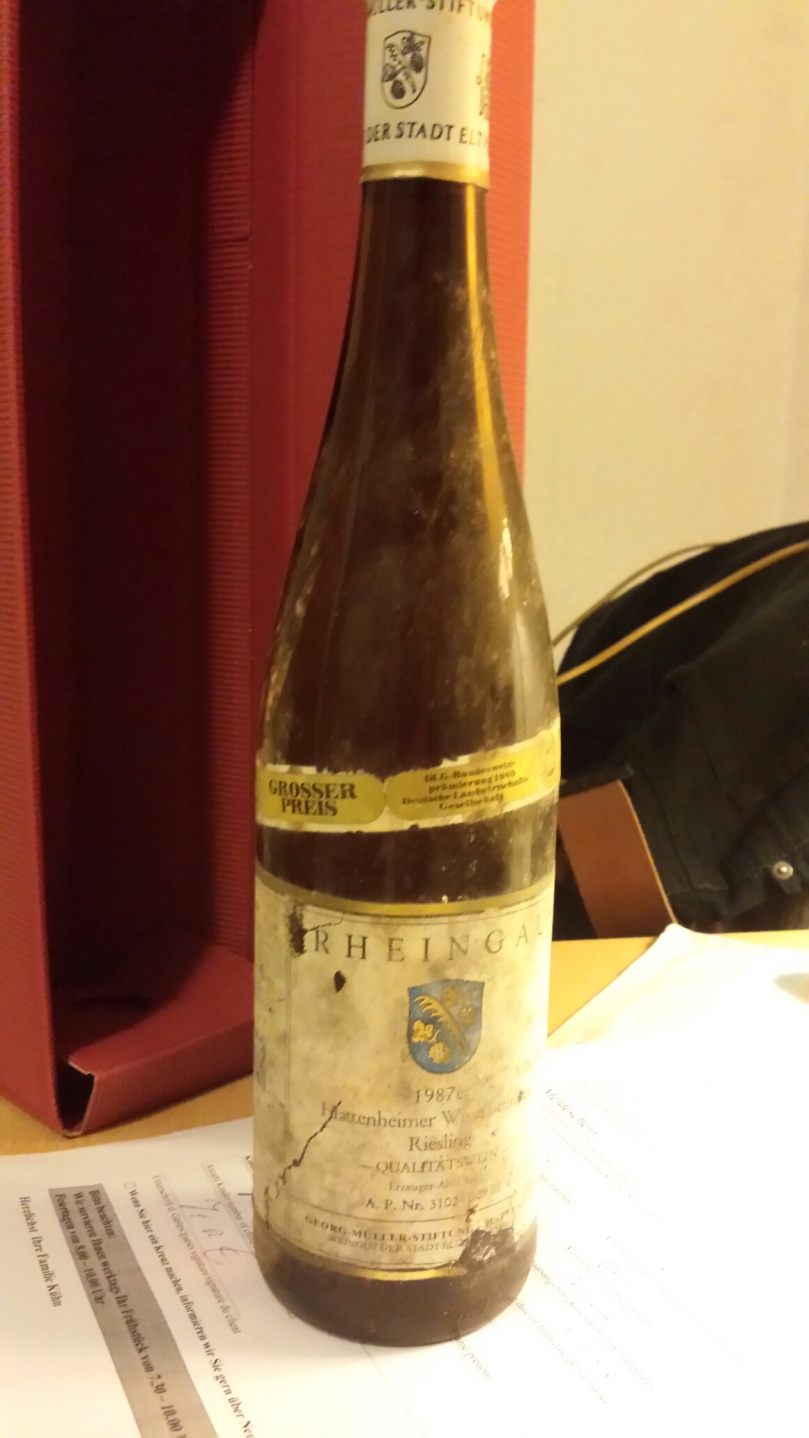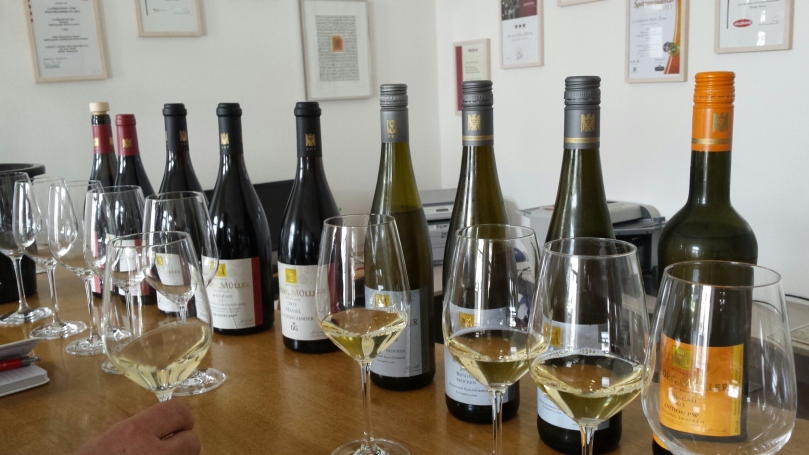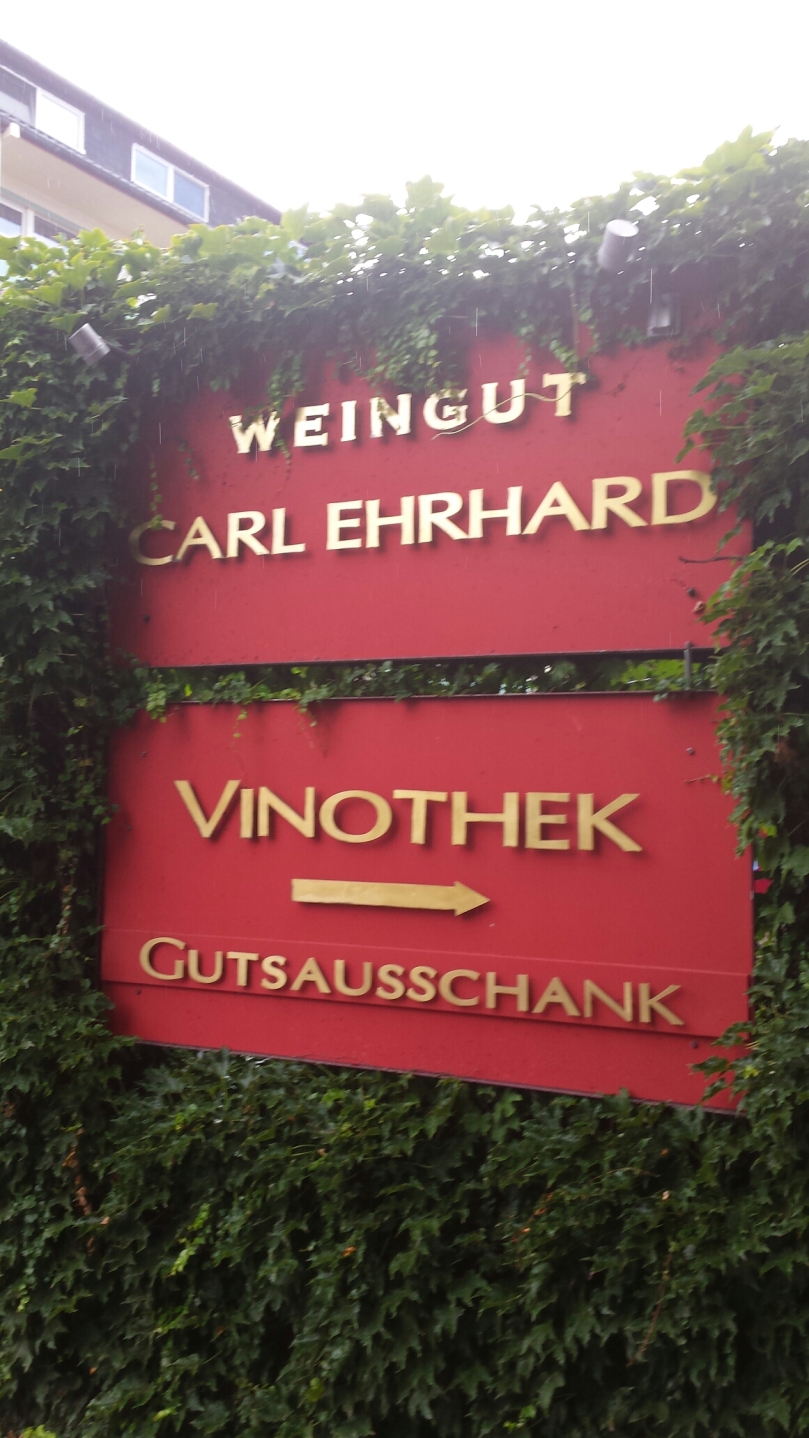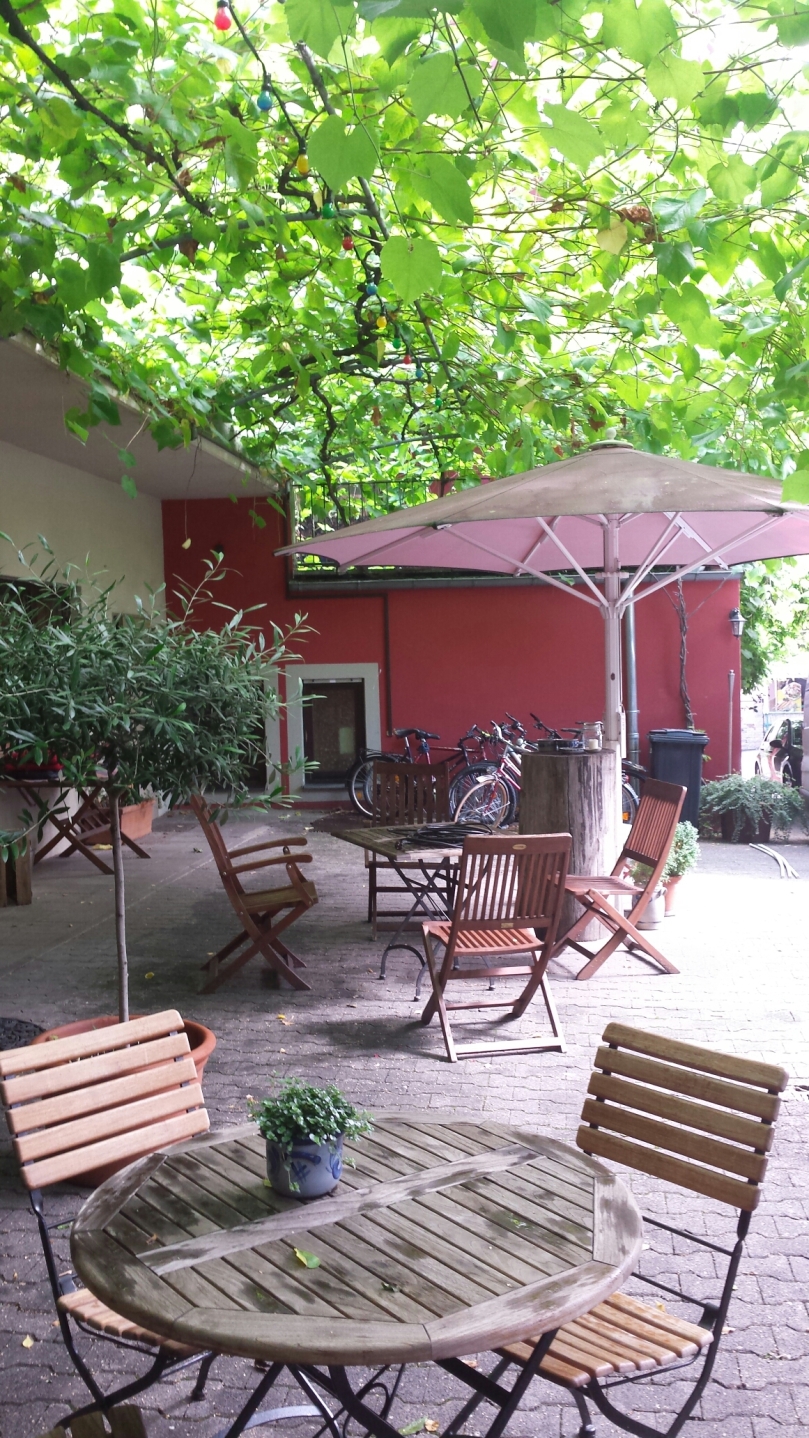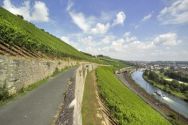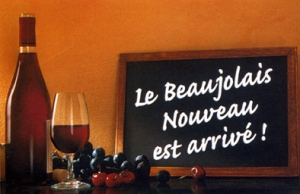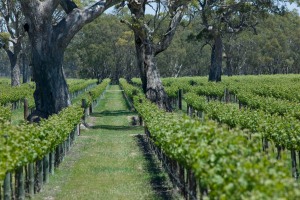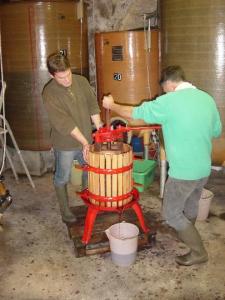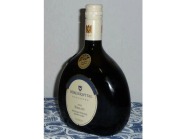Continuing on with our Irish Connection Wines, we are proud in introduce Pat Neville and his Corbieres wines – Domaine Aonghusa. Remember between now and the 17th March, we’ve 30% OFF our featured Irish Connection Wines
The Region:
Fontjoncouse (‘Source of the rushes’) is a small picturesque village set in a ruggedly beautiful, unspoiled chunk of garrigue in the Haut Corbieres. Fontjoncouse is one of those French villages where you would be forgiven for wondering if there is anybody home. From its hillside perch you can see the Mediterranean. Up here it’s quiet. There is, of course, a purr of traffic to its two-star Michelin restaurant, Auberge du Vieux Puits.
The Story:
The Irishman, Pat Neville from Wellington Bridge, Wexford, now lives an hour from Carcassonne; a couple of hours flying time from Dublin and a world away from St Peter’s College, Wexford, where this journey began. It’s a passion he shares with his wife, Catherine McGuinness. From their very earliest days, the couple spent holidays visiting vineyards wondering why it was that people were prepared to pay for a particular soil, a year. Eventually the lure of a return to formal study led him to UCC, a degree in English and Greek and Classic Civilization, an MA exploring language through Old English riddles, and a couple of years as a senior tutor. The couple then moved to Holland and later to Geneva.
He was 45 and “almost giving up” in 2001 when their search for their own vineyard ended in Corbieres AC, one of a number of winemaking regions in Languedoc- Roussillon.
The Vineyard:
A house in Fontjoncouse with its own winery and eight hectares of vines and Domaine Aonghusa (McGuinness) was born. They have added another four hectares, including a plot of 60-year-old Grenache vines. The vineyard work is geared to producing high quality fruit in the most environmentally friendly way possible and yields can be as low as 20hl/ha. Treatments are limited to what’s necessary to avoid disease but the approach is based on common sense, not cosmological tomfoolery. In well established vines natural fauna is left to compete / cooperate with the vines and is generally is controlled by mulching and strimming. This sometimes result in ‘untidy’ looking but living vineyards.
The Vines:
The vines are planted on fossil strewn slopes at between 200 and 250 metres altitude. Soils and textures are varied: clay limestone, shale, scree are most common and sometimes occur in the same vineyard. In places the vines are planted almost directly into the mother rock, and struggle to gain a foothold. The grape varieties planted here are typically Mediterranean: Grenache, Carignan Syrah, Cinsaut. Some of the vines were planted as early as 1903, some 100 hundred years later.
The Process:
The grapes are harvested in small fruit baskets and are sorted in the vineyards. They are destemmed and slightly crushed and depending on the year and the sugar levels, the fermentations are carried out by wild or selected yeasts. In general, Pat tends to use selected yeasts if the sugar levels are very high. The fermentations take place at their own pace in the relatively cool cellar.
They try to use as little of SO2 as possible at all stages. Depending on the year or particular vat, maceration can extend from 10 to 25 days.
In general the wines are aged half in barrels of different ages and size, half in vat. Again the percentages depend on the year and vat. Bottling usually takes place 12 – 28 months after the harvest. The wines are sometimes lightly fined but are not filtered and a minimal dose of SO2 and gum arabica is added to ensure stability.
The Wines:
Domaine Aonghusa Noah
Climate: Hot, dry, windy Mediterranean modified by altitude.
Vineyard: South /south east facing slopes of clay limestone / shaley marl at 150-220 metres altitude.
Harvest: By hand in small 10kg fruit baskets. There followed a separate selection process in the vineyard where all remaining sub-quality fruit was removed.
Fermentation: The fruit was destemmed and lightly crushed and the alcoholic fermentation was carried out by indigenous yeasts. The wine was lightly fined and bottled unfiltered.
Domaine Aonghusa Cuvee Laval
Climate: Hot, dry, windy Mediterranean modified by altitude.
Grape varieties: 50% Grenache (25 year-old); 50% Carignan (101 year-old).
Vineyard: South /south east facing slopes of clay limestone / shaley marl at 225 metres altitude in a lieu known locally in Occitan as ‘Laval’ or ‘The Valley’.
Harvest: By hand in small 10Kg fruit baskets. There followed a separate selection process in the vineyard where all remaining sub-quality fruit was removed. Both varieties were picked in several goes.
Fermentation: Traditional fermentation of both grape varieties together. The fruit was destemmed and lightly crushed and the alcoholic fermentation was carried out by indigenous yeasts. Half of the wine then spent 10 months in 2-year-old 225 litre casks (origin – Chateau Tertre Rotebouef) before being reassembled with the remainder in vat for another 10 months. Bottled by hand, no fining or filtration.
Pat is no longer merely visiting, but working vineyards. “I want to make a wine where the third glass is more interesting than the first, not one where everything you want to know is in the first mouthful.”
It hasn’t all been easy, but Pat says this was about pursuing a passion rather than fulfilling a romantic dream. “We do it because we want to and have been able to.”
